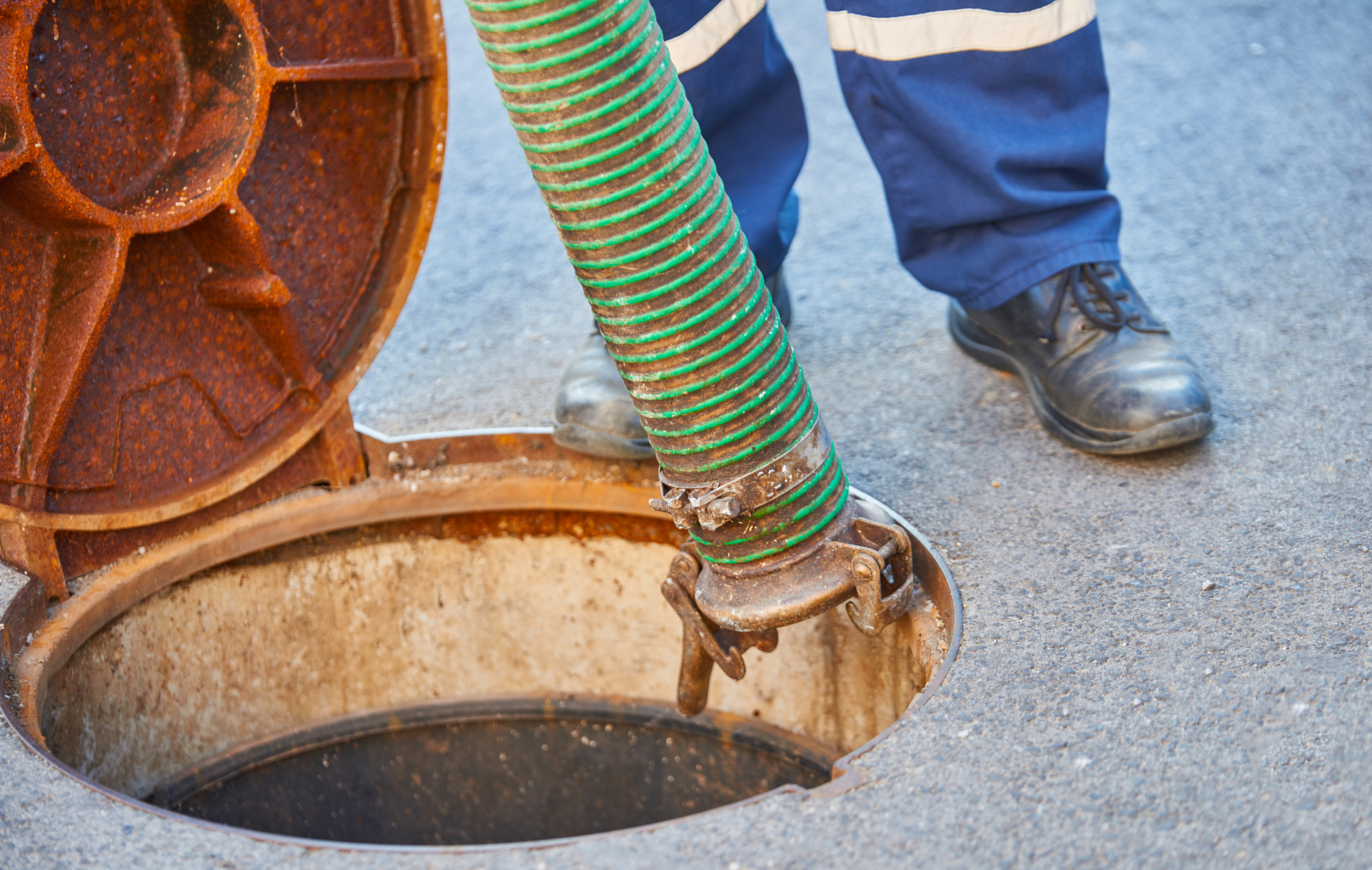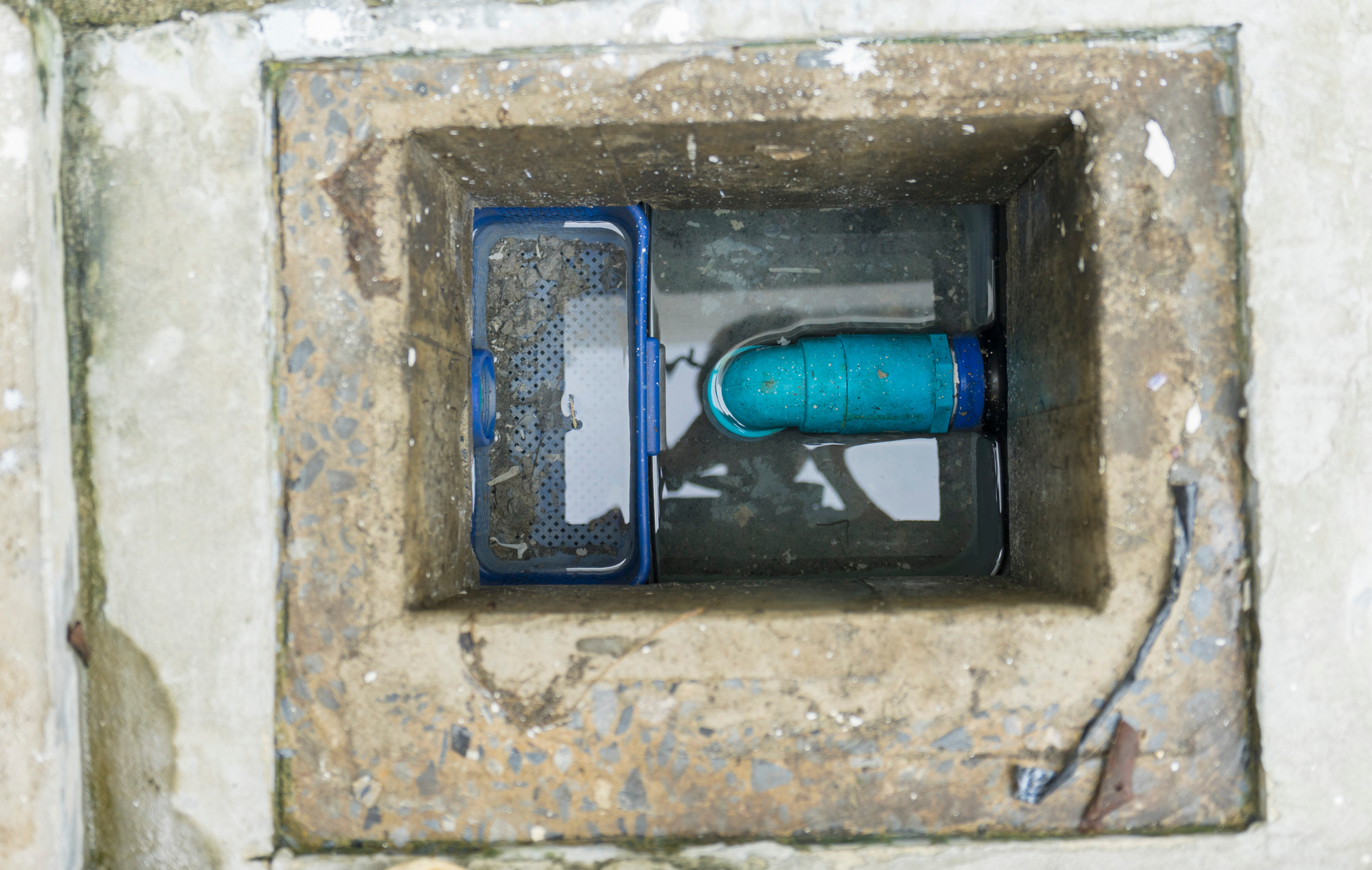Septic System Troubleshooting: Identifying and Fixing Blockages in Oxford, MS
May 1, 2024
Septic System Troubleshooting: Identifying and Fixing Blockages in Oxford, MS
Your septic system, while often out of sight, should never be out of mind. Proper maintenance is key to keeping it running smoothly, but even with the best care, issues can arise. One of the most common problems homeowners face is blockages within the system. In this comprehensive guide, we'll delve into the world of septic system troubleshooting, with a focus on identifying and fixing blockages in Oxford, MS.
Understanding the Importance of a Blockage-Free System
A septic system's primary function is to efficiently treat wastewater from your home and disperse it into the surrounding soil. Blockages disrupt this process and can lead to a range of issues, including:
Slow Drains: If you notice your sinks, showers, or toilets draining slowly, it could be a sign of a blockage.
Foul Odors: Unpleasant smells around your home or yard can be indicative of a septic problem, potentially caused by a blockage.
Backups: Sewage backups are a homeowner's worst nightmare and can occur if a blockage isn't addressed promptly.
Lush Grass or Standing Water: An unusually green patch of grass or standing water near your drain field could indicate a blockage, as excess effluent isn't being absorbed properly.
Identifying Common Blockage Culprits
Blockages can occur at various points within your septic system. Here are some common culprits:
Solid Waste Buildup: Over time, solid waste can accumulate in your tank, forming a sludge layer that reduces the tank's capacity and can lead to blockages.
Tree Roots: Tree roots are relentless and can infiltrate your septic system, causing blockages and damage to pipes and tanks.
Foreign Objects: Items like sanitary products, paper towels, and non-biodegradable materials should never be flushed. They can cause clogs in your pipes.
Grease Accumulation: Pouring grease down your drains can lead to blockages as it solidifies in your pipes.
The Jetting Solution: Clearing Blockages Effectively
When blockages occur, it's crucial to address them promptly to prevent further damage to your septic system. One of the most effective methods for clearing blockages is jetting.
What Is Jetting?
Jetting is a professional septic service that utilizes high-pressure water jets to clear blockages in your septic system's pipes and lines. Here's how it works:
A specialized jetting machine pressurizes water and propels it through a hose and nozzle into your pipes.
The high-pressure water stream breaks up blockages, such as tree roots, grease buildup, and solid waste, allowing them to flow out of your system.
Jetting not only clears existing blockages but also helps clean the walls of your pipes, preventing future issues.
The Benefits of Professional Jetting
Professional jetting offers several advantages when it comes to septic system troubleshooting:
Efficiency: Jetting is highly effective at clearing blockages quickly, minimizing the disruption to your daily life.
Preventative Maintenance: In addition to removing blockages, jetting helps prevent future clogs by cleaning your pipes thoroughly.
Environmentally Friendly: Jetting is a chemical-free process, making it an eco-friendly choice for septic system maintenance.
When to Call Oxford Septic Service
While some homeowners attempt DIY solutions for minor blockages, it's crucial to know when to call in the professionals. If you experience persistent issues like slow drains, foul odors, or backups, or if you suspect a blockage due to lush grass or standing water, it's time to contact Oxford Septic Service.
Our team of experienced technicians in Oxford, MS, has the expertise and equipment, including jetting services, to diagnose and resolve blockages promptly. We'll ensure your septic system is free-flowing and functioning correctly, preventing costly repairs down the line.
Don't let septic system blockages disrupt your life. Contact Oxford Septic Service today for reliable, efficient, and environmentally friendly septic system troubleshooting and jetting services. Your septic system will thank you, and your home will run smoothly once more.
For professional septic system troubleshooting and jetting services in Oxford, MS, contact Oxford Septic Service today. We're your trusted partners in keeping your septic system blockage-free and running efficiently.

Septic system failures can be costly, inconvenient, and hazardous to both property and health. Fortunately, with proper maintenance and proactive measures, many septic system failures can be prevented. In this guide, Oxford Septic Services shares valuable tips to help homeowners and businesses avoid septic system failures and ensure the long-term functionality of their systems. Chapter 1: Regular Maintenance Inspections Routine maintenance inspections are essential for identifying potential issues early and preventing costly repairs. Oxford Septic Services recommends scheduling regular inspections to assess the condition of your septic system and address any problems before they escalate. Chapter 2: Timely Septic Tank Pumping Regular septic tank pumping is crucial for removing accumulated solids and preventing clogs and backups. Oxford Septic Services advises homeowners to adhere to a consistent pumping schedule based on factors such as household size and usage to maintain optimal tank capacity. Chapter 3: Proper Waste Disposal Practices Improper disposal of household waste can overload septic systems and lead to system failures. Oxford Septic Services recommends avoiding flushing non-biodegradable items, grease, and chemicals down drains and toilets to prevent clogs and damage to the system. Chapter 4: Protecting the Drain Field The drain field plays a critical role in wastewater treatment and dispersal. To prevent drain field failure, Oxford Septic Services advises property owners to avoid parking vehicles or installing structures over the drain field and to maintain proper landscaping to prevent root intrusion. Chapter 5: Prompt Repairs and Maintenance Addressing minor issues promptly can prevent them from escalating into major septic system failures. Oxford Septic Services recommends contacting a professional at the first sign of trouble, such as slow drains, foul odors, or sewage backups, to prevent further damage. Chapter 6: Environmental Awareness Understanding the environmental impact of septic system failures can motivate property owners to prioritize proper maintenance and care. Oxford Septic Services emphasizes the importance of responsible waste management and eco-friendly practices to protect local water sources and ecosystems. Conclusion: By following these tips from Oxford Septic Services, homeowners and businesses can take proactive steps to prevent septic system failures and maintain the functionality of their systems for years to come. With regular maintenance, proper waste disposal practices, and prompt repairs, property owners can avoid costly and disruptive septic system failures and enjoy peace of mind knowing their systems are in good working order.

Oxford Septic Services plays a crucial role in ensuring the health and functionality of septic systems in our community. With years of experience and expertise, our team is dedicated to providing top-quality services to homeowners and businesses alike. In this guide, we'll explore the vital role that Oxford Septic Services plays in maintaining healthy septic systems and preserving the well-being of our environment. Chapter 1: Comprehensive Septic System Maintenance Oxford Septic Services offers comprehensive maintenance services designed to keep septic systems running smoothly. From regular inspections to proactive maintenance measures, our team ensures that septic systems remain in optimal condition year-round. Chapter 2: Professional Septic Tank Pumping Regular septic tank pumping is essential for preventing backups and maintaining the proper functioning of septic systems. Oxford Septic Services provides professional pumping services tailored to the unique needs of each property, ensuring efficient removal of waste and sludge. Chapter 3: Prompt Septic System Repairs When issues arise with septic systems, prompt repairs are crucial to prevent further damage and ensure continued functionality. Oxford Septic Services offers timely and reliable repair services, addressing issues such as leaks, clogs, and drain field problems with expertise and efficiency. Chapter 4: Expert Leach Field Services Leach fields are an integral part of septic systems, responsible for filtering and dispersing wastewater into the soil. Oxford Septic Services offers expert leach field services, including inspections, repairs, and installations, to ensure the proper functioning of this critical component. Chapter 5: Emergency Septic Services Septic emergencies can occur at any time, posing significant risks to property and health. Oxford Septic Services offers emergency services around the clock, providing prompt response and effective solutions to mitigate damage and restore functionality. Chapter 6: Residential and Commercial Solutions Whether it's a residential property or a commercial establishment, Oxford Septic Services offers tailored solutions to meet the unique needs of each client. From small homes to large commercial properties, our team has the expertise and resources to handle any septic system challenge. Chapter 7: Environmental Stewardship At Oxford Septic Services, we are committed to environmental stewardship and sustainable practices. We prioritize eco-friendly solutions and responsible waste management techniques to minimize our impact on the environment and protect natural resources. Conclusion: Oxford Septic Services plays a vital role in maintaining healthy septic systems and preserving the well-being of our community. With comprehensive maintenance services, prompt repairs, and a commitment to environmental stewardship, our team ensures that septic systems remain in optimal condition for years to come. Trust Oxford Septic Services for all your septic system needs and experience the difference firsthand.
